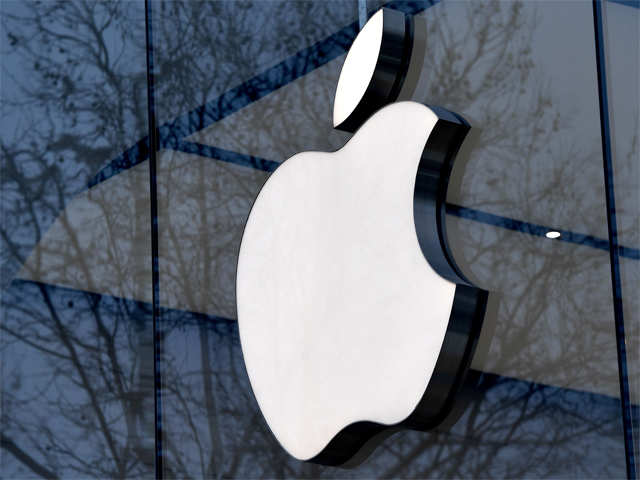
Apple on Thursday delivered blowout quarterly results, reporting revenue gains across every category and in every geography as consumers working and learning from home during the Covid-19 pandemic turned to its products and services.
The report topped Wall Street expectations, with even long-overshadowed categories like iPads and Macs getting a boost. Shares rose as much as 6% in extended trading after the results.
The fiscal third-quarter results, which included iPhone sales some $4 billion above analyst expectations, came on the same day that U.S. gross domestic product collapsed at a 32.9% annualized rate last quarter, the nation’s worst economic performance since the Great Depression.
Apple Chief Financial Officer Luca Maestri also confirmed supply chain rumblings that the new lineup of iPhones, usually released in late September, would face delays of a few weeks.
But executives predicted continued strong performance from the company’s products.
Other major tech companies Amazon and Facebook also posted results that topped Wall Street targets, sending their shares up.
With 60% of sales coming from international markets, the Cupertino, California-based company posted iPhone revenues of $26.42 billion, $4 billion above analyst expectations, according to IBES data from Refinitiv.
In an interview with Reuters, CEO Tim Cook said that after disruptions in April, sales began to pick back up in May and June, helped by what he called a “strong” launch for the $399 iPhone SE introduced in April.
“I think the economic stimulus that was in place – and I’m not just focused on the U.S., but more broadly – was a help,” Cook told Reuters.
The continued growth in services and accessories also showed the durability of the company’s brand, which has prompted investors to view it as a comparative safe haven and pushed up share prices since March.
The company saw strong sales in its greater China region, where aggressive pricing during a June holiday shopping season and lower-priced iPhone SE model released in April helped boost sales 2% to $9.33 billion.
“China remains a key ingredient in Apple’s recipe for success as we estimate roughly 20% of iPhone upgrades will be coming from this region over the coming year,” Daniel Ives of Wedbush Securities said in a note.
Apple also announced a 4-for-1 stock split, saying it wanted to keep shares accessible to a broad range of investors. Shares soared past $400 for the first time Thursday, though they had been proportionally higher before a 7-for-1 split in 2014.
Apple’s fiscal third-quarter revenue and profits were $59.69 billion and $2.58 per share, compared with analyst expectations of $52.25 billion and $2.04 per share.
Sales in its services segment, which also includes offerings such as iCloud and Apple Music, rose 14.8% to $13.16 billion, compared with and analyst expectations of $13.18 billion. Cook told Reuters that Apple has 550 million paying subscribers on its platform, up from 515 in the previous quarter.
Sales in the wearables segment that includes the Apple Watch rose 16.7% to $6.45 billion, compared with estimates of $6.0 billion. Apple did not give a fiscal fourth-quarter forecast.
Apple benefited from remote work and learning trends, reporting sales in its iPad and Mac segments of $6.58 billion and $7.08 billion, which beat expectations of $4.88 billion and $6.06 billion.
“Both had some really significant product announcements at the end of March, beginning of April,” Cook told Reuters. “You combine that with the work from home and remote learning, and it’s yielded really, really strong results.”
But the global smartphone market was already stagnating before the novel coronavirus caused it to contract, and Apple has leaned heavily into growing its services business, which is where the company’s fastest revenue growth occurred during the fiscal third quarter. The biggest component of that business is the App Store, where Apple generates commissions between 15% and 30% on some sales.
On Wednesday, Cook faced questions from U.S. lawmakers about Apple’s practices related to the store, which have come under fire from independent app developers who say its rules and unpredictable approval process put them at a disadvantage against the iPhone maker.
Leave a Reply